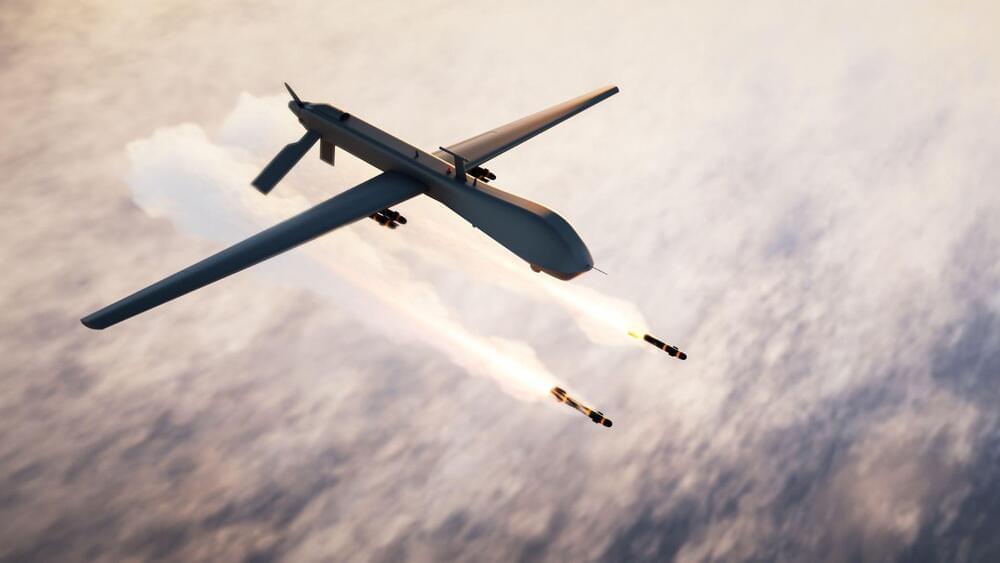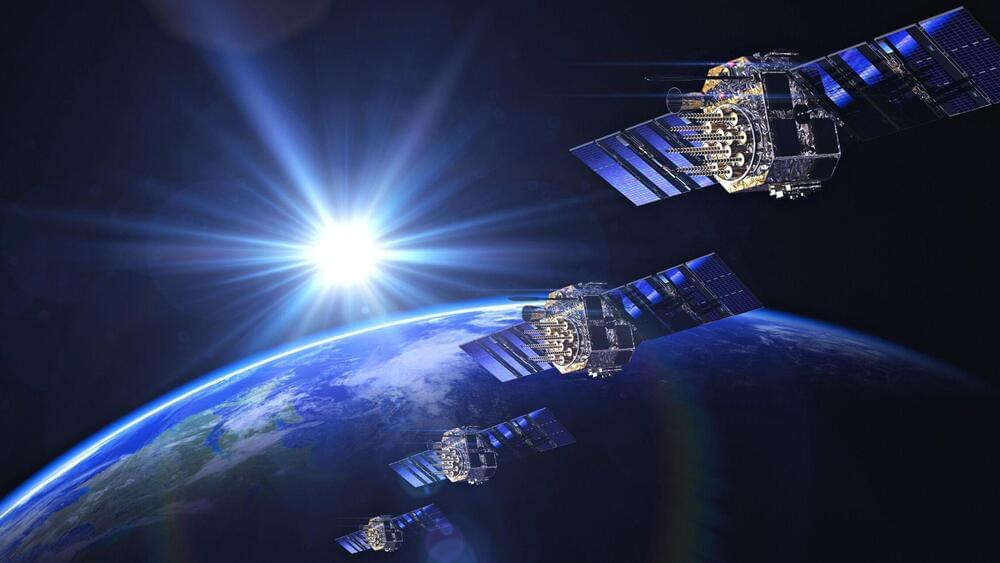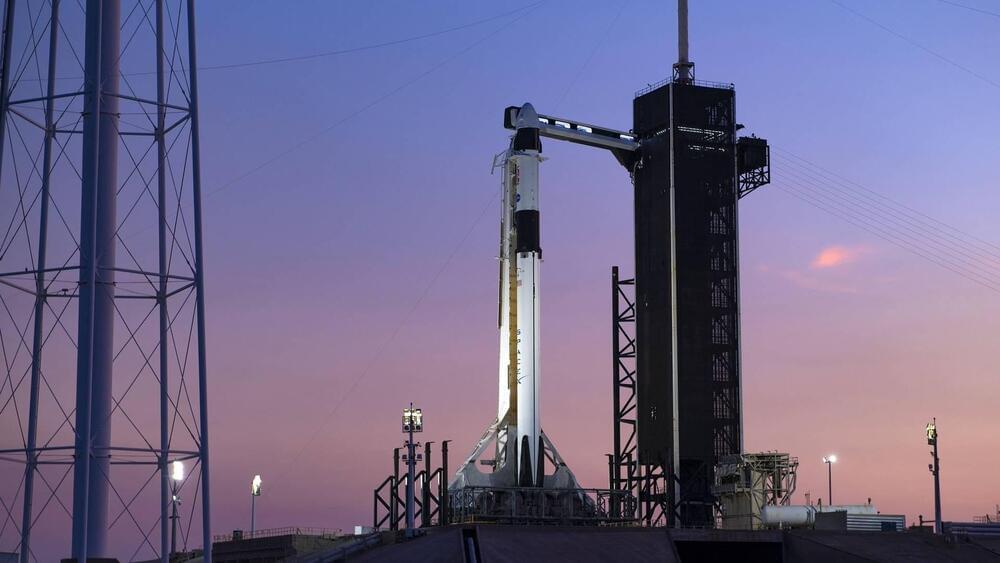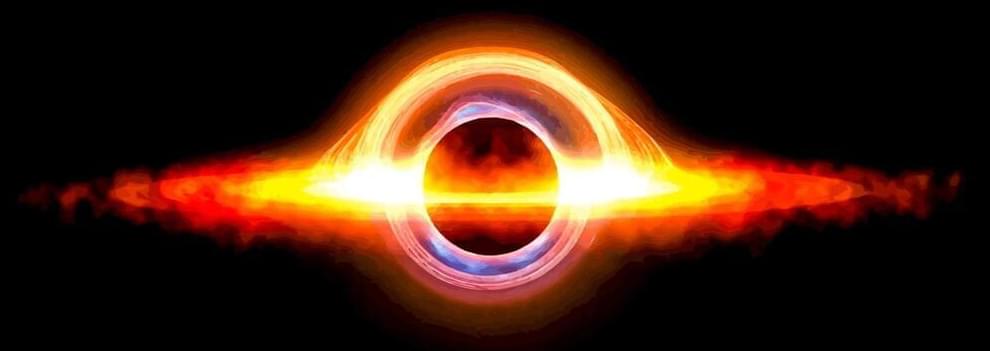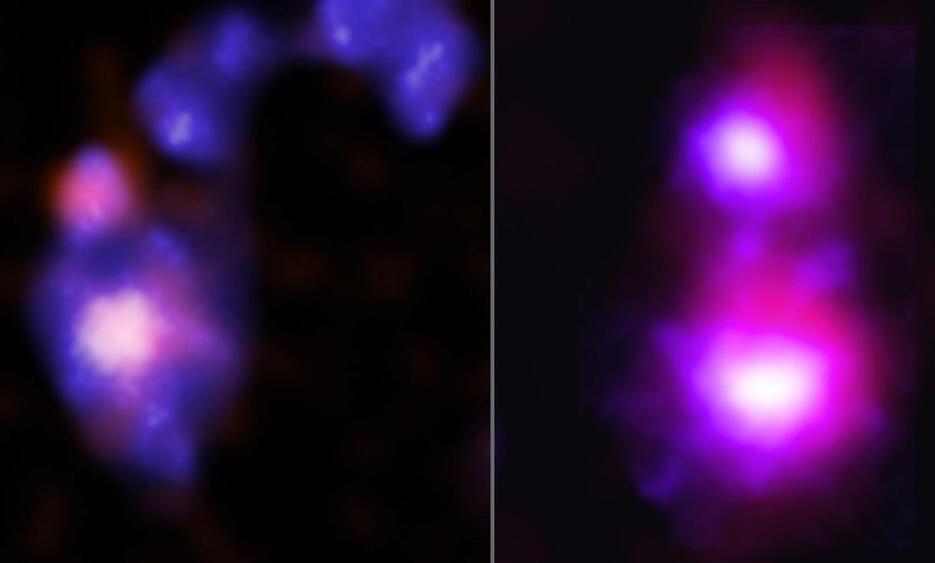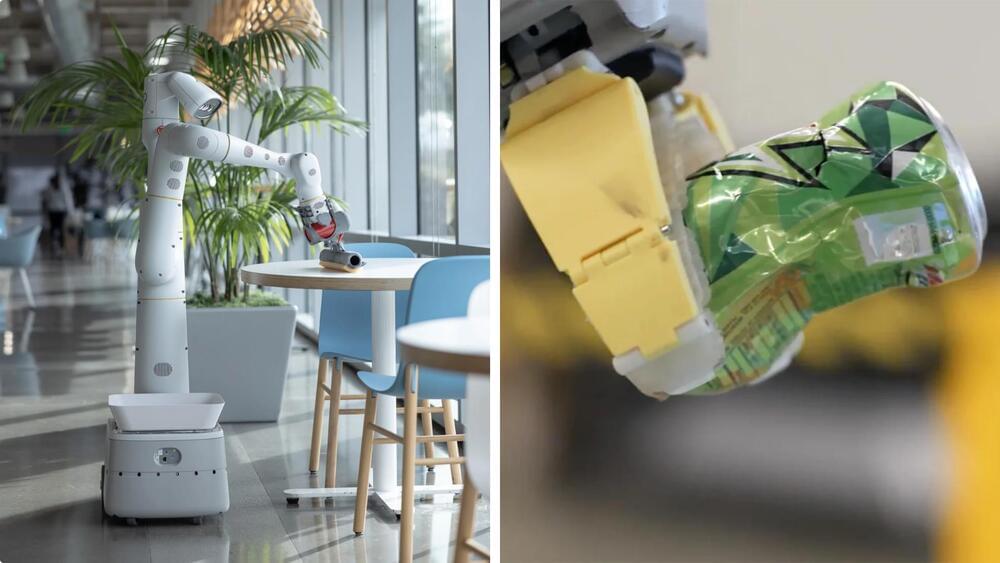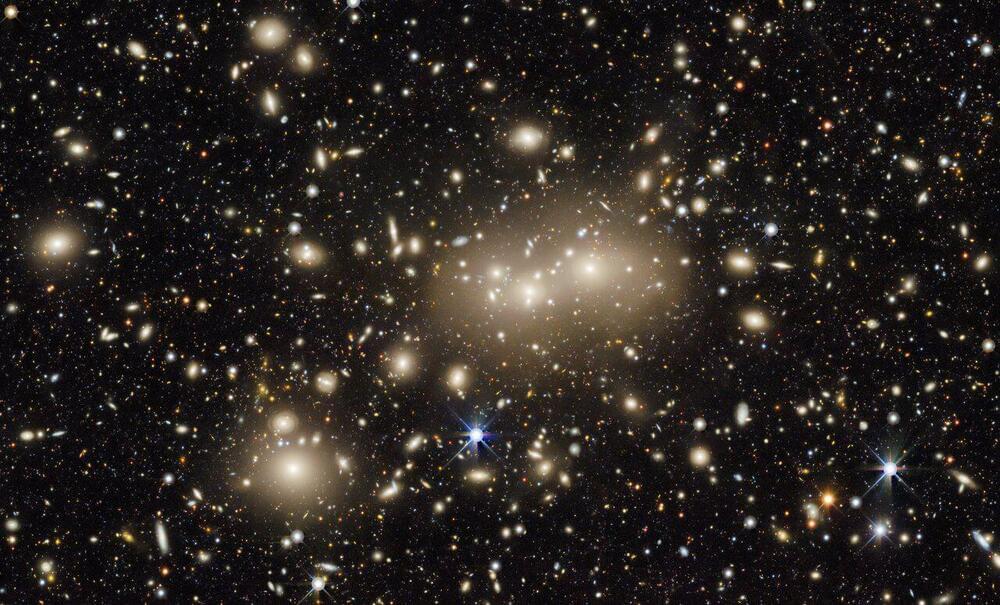The drones are to be tasked with expeditionary roles, including special operations, to “open the opportunity for real-time autonomous response by the robot.”
The United States Air Force has reportedly developed AI-powered facial recognition techechnolgy (FTR) for autonomous drones.
The drones will be used by special operations personnel for missions overseas and for gathering intelligence and other operations, according to a contract between the Department of Defense (DoD) and Seattle-based company RealNetworks.
